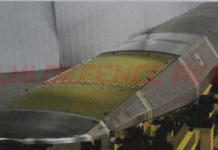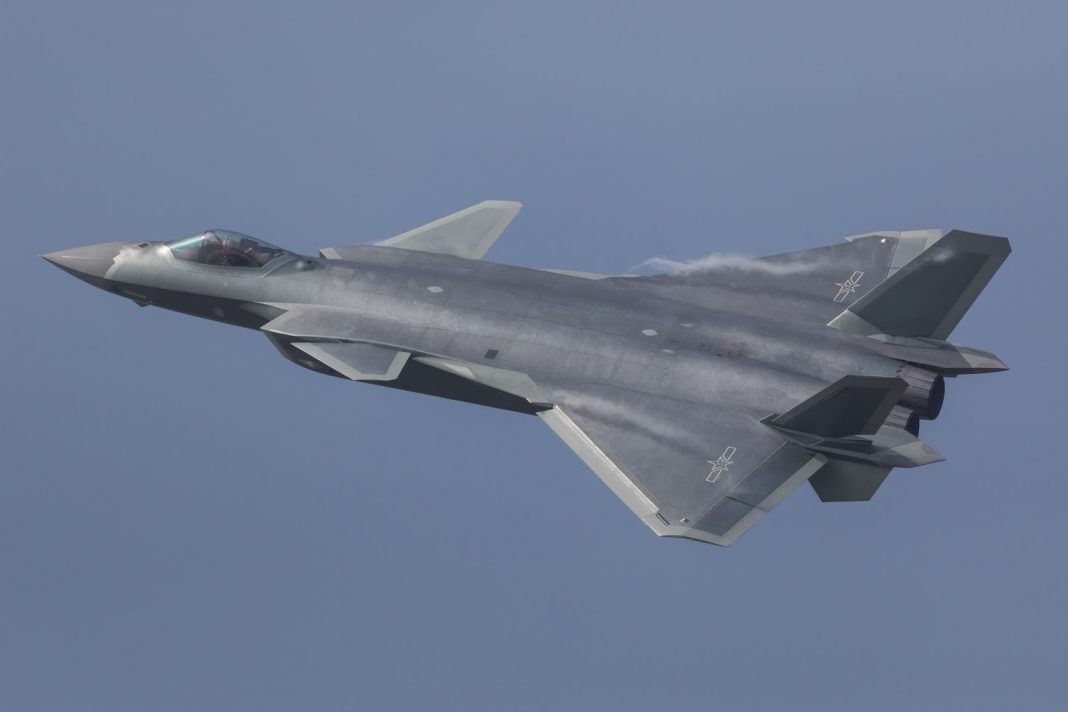This is the first of a three part series on China’s Air Defence System. The other two parts which can be accessed here and here, will focus on Technology Trends and Air Defence Capability in Tibet.
A very brief history
The First Gulf War (GW-I) was a wake-up call for a number of emerging countries, including China. GW-I showcased the technological superiority of US-led coalition forces over an Iraq that had relied for years on Soviet/Russian weaponry and doctrines. The way in which US air power sliced though Iraqi air defences (AD), was of particular concern to a China that at the time actually had a more antiquated inventory of aircraft and AD systems than Iraq.
The reforms and modernization of the People’s Liberation Army (PLA) subsequently undertaken by Beijing in the 1990’s understandably took into consideration the lessons learnt from GW-I and in this, the upgradation of the PLA Air Force (PLAAF) and AD systems, was of special import. The transformation of PLA’s AD capabilities was designed to change it from an antiquated ‘numbers intensive’ low-technology force to a smaller high-technology force. To achieve this aim, China has been investing in a combination of foreign purchased and domestically produced long-range surface to air missiles (SAMs), modern interceptor aircraft, and an efficient radar network including airborne platforms over the last two decades or so.
During the 1950s, China inducted a range of Soviet AD equipment of what was then state-of-the-art technology. Included in this were a handful of SA-2 SAMs. Khrushchev-era tensions however put an end to Soviet technological support and China was forced to reverse engineer Soviet weapons to continue equipping its expanding Army. The HQ-1 and HQ-2, systems, both based on SA-2, entered service in the 1960s with newer variants of the HQ-2 still in service with the PLA in significant numbers.
In the 1970s and 80s, China attempted to develop indigenous SAMs which were not so successful even after incorporating Western technologies and it was not until after the implosion of the Soviet Union that China could buy more contemporary AD technology from a Russia that was looking for a major market for its military wares. As such, new Russian weapons also helped China’s flagging indigenous programs. Presently, China deploys a relatively wide range of advanced Russian and indigenous systems, backed up by significant quantities of legacy HQ-2 systems.
Components
The Chinese Integrated Air Defence System (IADS) consists of three core components—early warning, SAM systems, and airborne interceptors.
Early Warning. Graduating from Russian radars of 1960’s vintage, China today has an advanced radar network with improved early warning coverage through ground-based sensors and airborne early-warning (AEW) aircraft. It has also designed and deployed radar systems that are reportedly optimized to detect stealthy aircraft, including passive surveillance systems. The radars are integrated in an ‘air intelligence radar network’ covering the entire country. After being snubbed in its effort to acquire the highly capable Phalcon AEW system from Israel, it has developed three viable AEW platforms. These are the KJ-2000, the KJ-200 and the Y-8 AEW.
SAM Systems. The first long-range SAM was the relatively immobile HQ-2 (SA-2) system. It had a modest range of 35 km, was prone to electronic counter measures (ECM) and could be easily neutralized by modern suppression of enemy air defences (SEAD) operations.
China initiated its current wave of modernization efforts by importing modern SAM systems from Russia, and by the 2010’s had an impressive array of modern long range SAM systems including the S-300 PMU (SA-10C) and the S-300 PMU-1 and -2 (SA-20A and B) . While developing the indigenous HQ-9 system, China successfully reversed-engineered Russian and Western technologies and incorporated elements from both the S-300 and Patriot family of SAM systems. China concurrently developed the 50-km-range HQ-12 SAM, followed by the HQ-16 SAM. The latest SAM inducted by China is the Russian S-400 which is the most advanced SAM in the world and a real game changer. All new generation Chinese SAM systems have high mobility and incorporate advanced electronic counter counter measures (ECCM) even as they are capable of engaging a wide range of air threats, including those with stealth features.
Air Interceptors. In 1996, PLAAF had a large inventory mostly comprised by second-generation J-5 (MiG-17) and J-6 (MiG-19) fighters. Today, all J-5s and J-6s have been retired . Although PLAAF’s AD interceptor pool still includes third-generation aircraft such as the J-7 and J-8II, incorporating modern weapons and avionics , almost 60 percent of its inventory is now made up of fourth-generation types such as the Su-27, Su-30 MKK, the indigenous J-10 and the J-11 family based on the Su-27, including the J-11B ‘pirate’ variant which entered service around 2008. China has made progress in developing fifth-generation fighter prototypes and has carried out extensive flight tests of the J-20 (first tested in January 2011), while demonstrating the smaller J-31 in November 2014. The J-20 is expected to see limited deployment by 2020.
Doctrine
Till the 1990s, PLAAF employment concepts assumed three levels of scale for an air defence campaign, viz
- small campaigns requiring AD of a strategic position,
- large campaigns requiring AD of a battle area,
- and larger campaigns requiring AD of many battle areas.
PLAAF’s strategy included two principles: ‘light front, heavy rear’ with most AD assets being concentrated around China’s large cities and ‘deploying in three rings’ i.e organizing a small quantity of interceptors, anti-aircraft artillery (AAA) and SAMs as a combined AD force into ‘three dimensional, in-depth, overlapping’ firepower rings.’
Learning from GW-I and the Kosovo conflict, PLAAF appreciated the threat posed by stealth, precision, and long-range strike and accordingly updated its AD doctrine, laying more emphasis on mobility and ambush. The new systems acquired were accordingly in line with this new doctrine.
Some of the features of the current AD doctrine are:
- As the threat from stand-off platforms becomes real, the emphasis is on ‘large area defence’ rather than ‘key point defence’ so that early warning and engagement occurs as far forward as possible.
- ‘Mobile air defence’ rather than fixed defences with mobility considered key to concentrating firepower and plugging holes in air defence coverage. These operations take three basic forms:
– mobile ambushes,
– mobile coverage, and
– search and destroy.
- ‘Offensive AD’ to replace defensive AD, with a greater role for counterattack.
- ‘Joint AD’ with an all service approach to AD.
Conclusion
In less than 20 years, PLAAF has put in place Asia’s largest and most capable IADS with the aim of being able to safeguard its airspace against all but the most advanced technology and tactics.
© Delhi Defence Review. Reproducing this content in full without permission is prohibited.
































